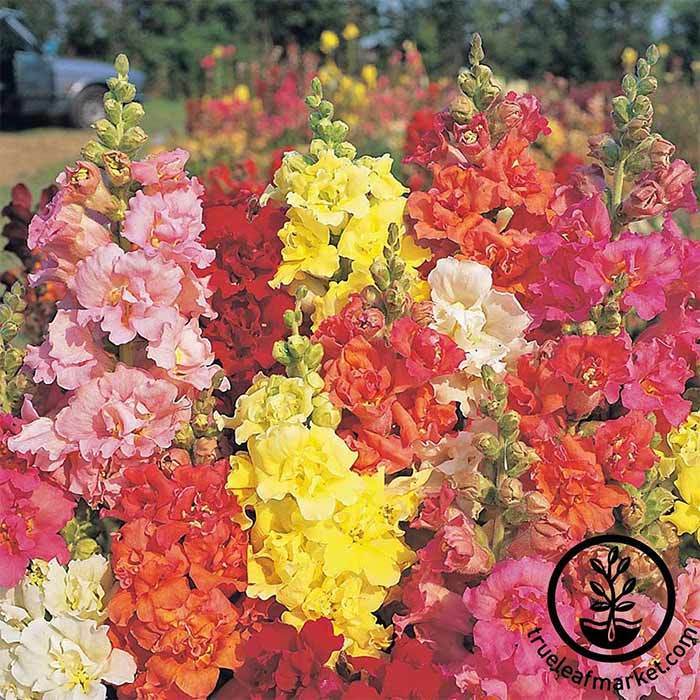7 flowers to sow in October for spring and early summer blooms
Discover some fantastic flowers to start this month, along with tips for where and how to sow the seeds


When one gardening season starts to come to an end in fall, there is no rest as the mind starts thinking forward to next year. Most people think of spring and summer as the key growing periods each year, so you may wonder, what plants can be sown in October?
There remains a lot that can be planted in October. Many flowers can be sown to come to the fore next spring and summer. A bit of planning now can help make flower beds bloom earlier.
I spent many years working in public gardens in the UK that were open to visitors year-round. Plant displays were planned well in advance to ensure there was something of interest for people to see 12 months of the year, which meant our planting season extended well into fall.
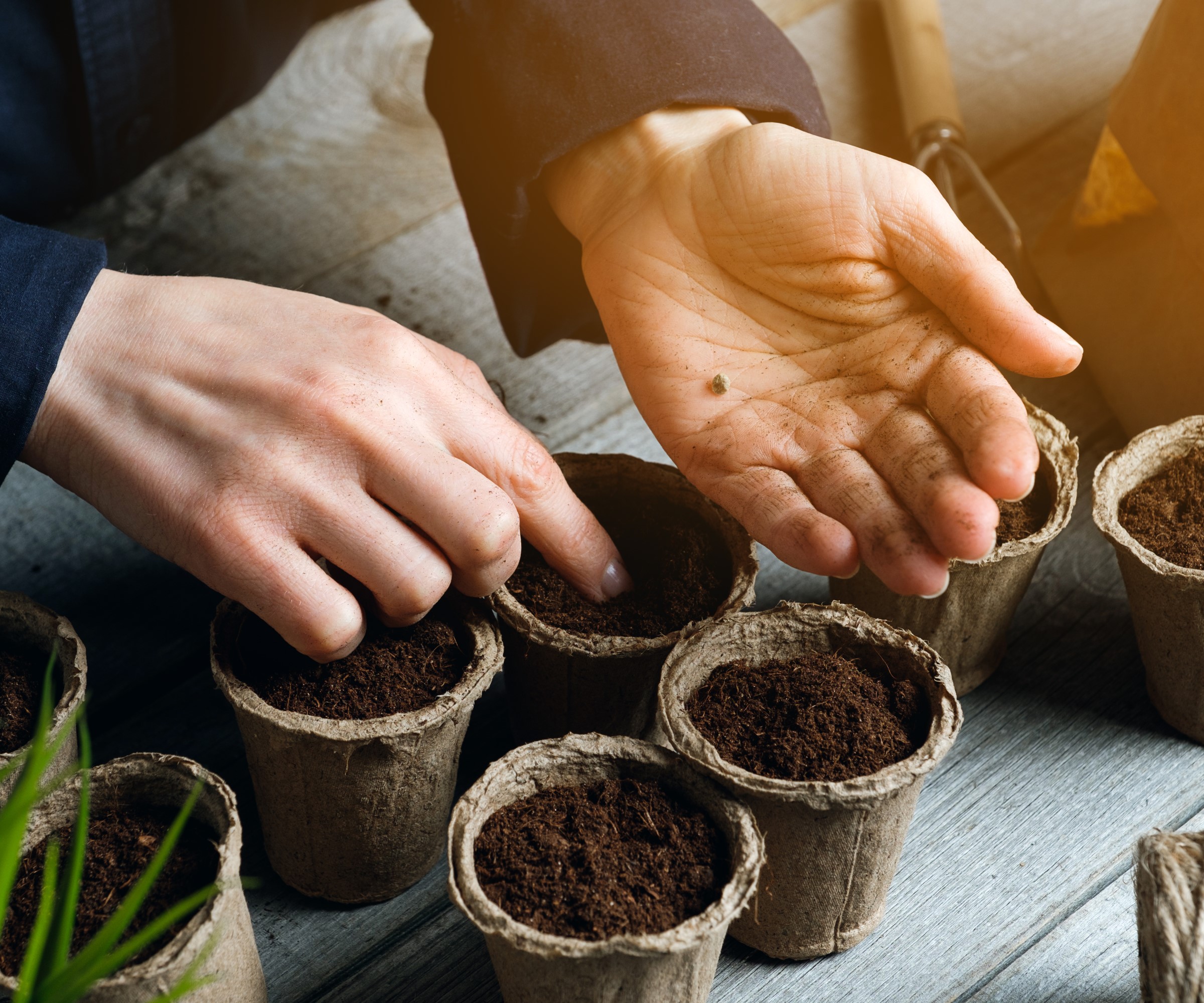
Seeds can be sown indoors into pots or direct in the ground in fall
What can you sow in October
There are lots of choices for plants to start in October, which can be used in a whole host of garden ideas. When you are planning flower beds for next spring, the cool soil of fall is a great time to sow seeds. We take a closer look at some of the best flowers to sow in October.
1. Sweet peas

Sweet peas can be sown in fall or spring
These cottage garden favorites are hugely popular and one of the easiest flowers to grow from seed. If you want to grow sweet peas, the good news is that there is such a huge range of colors to grow and they are very versatile, they can be grown in the ground or as part of any container gardening ideas.
Sweet peas can either be sown in fall or spring, and October is a great time to start them off if you want to do the former. Seeds sown in fall will get off to a solid start in gentle fall warmth indoors, but will need to be protected overwinter in a greenhouse or cold frame. However, the advantage you get is earlier blooms and sturdier plants than those sown in spring. By continuing to pinch them back they will be bushy plants once the time to harden off seedlings comes around in spring, before sweet peas are planted out once the risk of frosts are over.
See the range of sweet pea seeds available at True Leaf Market
Design expertise in your inbox – from inspiring decorating ideas and beautiful celebrity homes to practical gardening advice and shopping round-ups.
2. Cornflower

Cornflowers are great at attracting bees and butterflies
Cornflowers are a gorgeous annual flower that are great for if you are planning a cut flower garden, while they are also often seen as part of wildflower garden ideas. Cornflower seeds are often part of mixes sold to people who want to plant a wildflower meadow. The plants come in a range of colors, including shades of pink and dark red as well as the classic cornflower blue.
If you live in a US hardiness zone that has mild winters, then a sowing of cornflowers in October can help you to have bigger plants and earlier flowers come next year. Cornflowers can tolerate a light frost, so young plants can survive through milder winters. However, if you do have cold winters then it might be better to wait until early-to-mid spring to sow cornflowers for a summer display - they are a great option for a flower to plant in March.
Cornflowers can be sown either directly in the ground or into pots and given a light covering of soil, as the seeds are small and do not want to be buried too deep.
Buy cornflower seeds at Burpee
3. Alliums
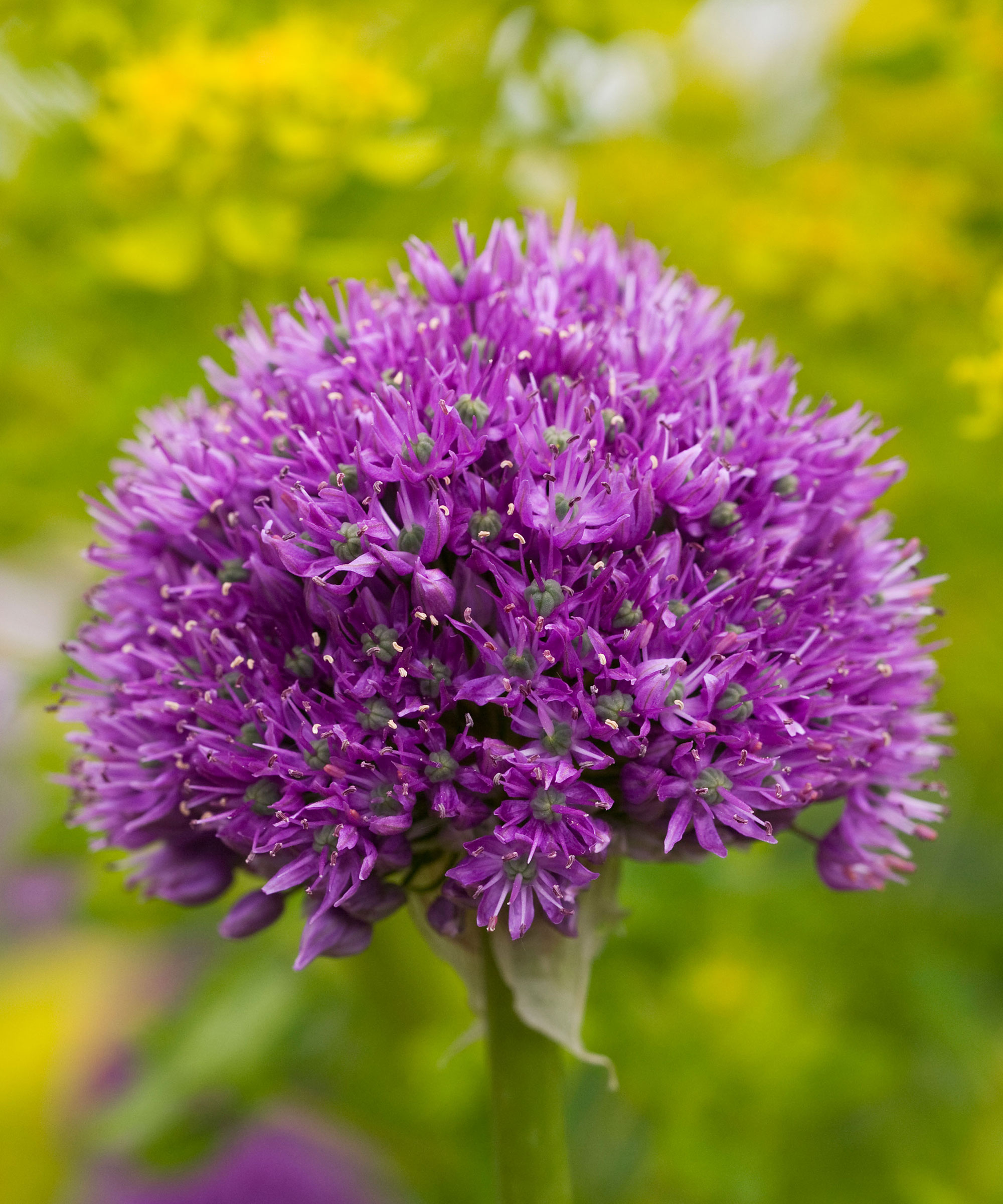
Allium 'Purple Sensation' is one of the most popular types
Alliums are spectacular plants, with their tall and statuesque stems topped with large pom pom blooms. These spring bulbs are planted in the fall to shoot come spring and they can be the star of the show in beds or borders, or be used as statement flowers standing tall and proud in pots. They can grow to over a metre in height, and in shades of purple, pink, blue, or white, there are alliums out there for any style of backyard ideas.
The time to plant allium bulbs comes in September through October and they ideally want to be in a minimum of six weeks before the first frost. Alliums are one of the best spring bulbs to plant in fall and also a fantastic perennial bulb to plant in fall, as they are thought to give you four years of flowering after you plant them. As with whenever you are planting bulbs in fall, you want to plant them three times the depth of the bulb.
See the range of allium bulbs available to buy at Dutch Grown
4. Cowslip
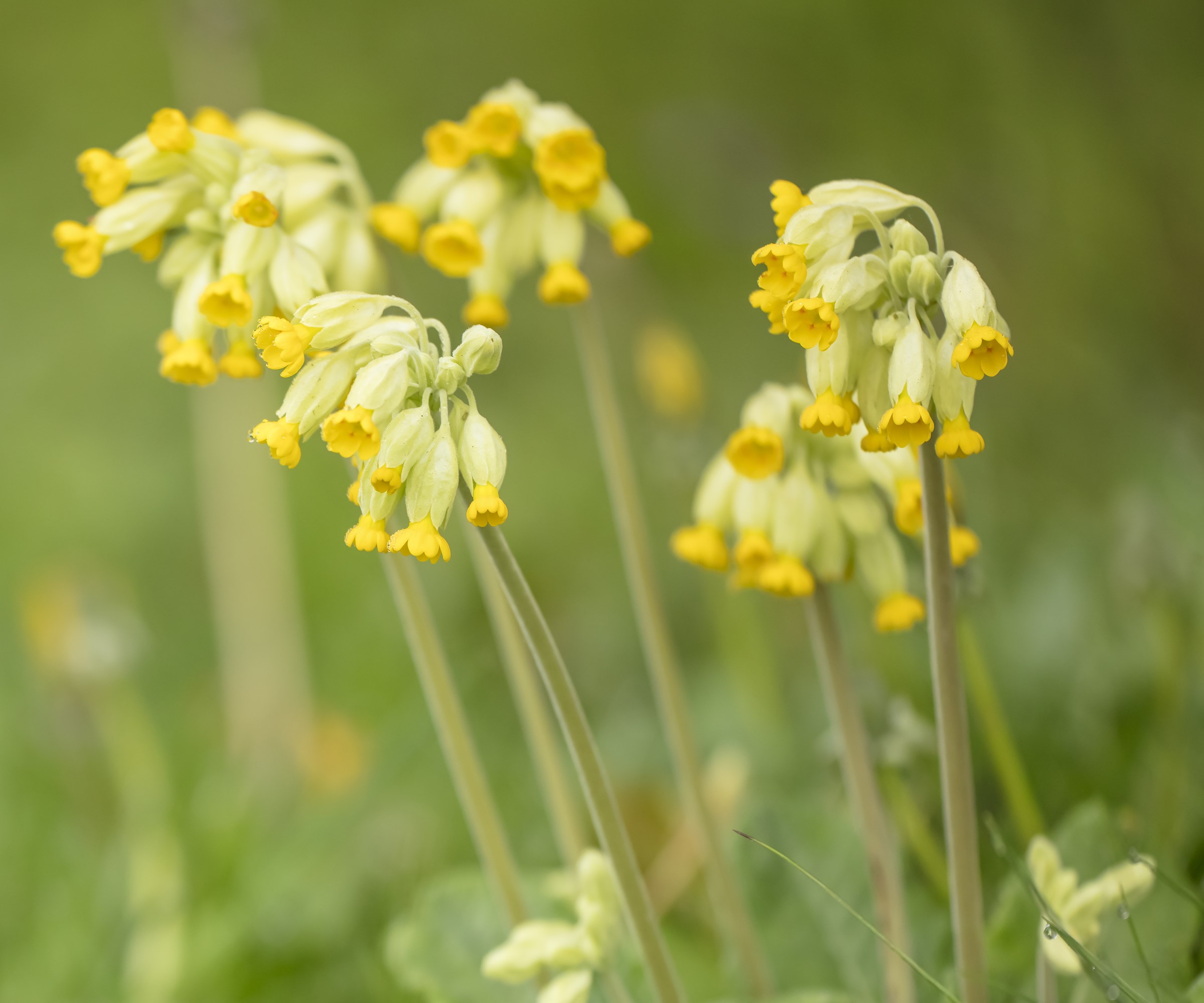
Cowslips have historically been used for their medicinal properties
The cowslip, also known as Primula veris, is a perennial and a great shade plant for anyone with a darker spot in their garden. Growing only up to 10 inches in height, cowslips put out gorgeous yellow flowers on tall erect stems on top of clumps of toothed leaves.
Cowslips are native to Europe but are also commonly seen in large parts of eastern North America. The plants can be sown from seed in October and the seeds need a period of cold weather to break their dormancy. Sow the seeds directly into the garden around six weeks before the first frost, so the plant can put out roots in the warmer fall soil before winter arrives.
Once established, cowslips will put on their show of lemony blooms in mid-to-late spring and will self seed themselves around the garden. Cowslips are a woodland plant that can work in any border and rock garden, or be used as edging along the side of paths or at the front of beds.
5. Rose campion
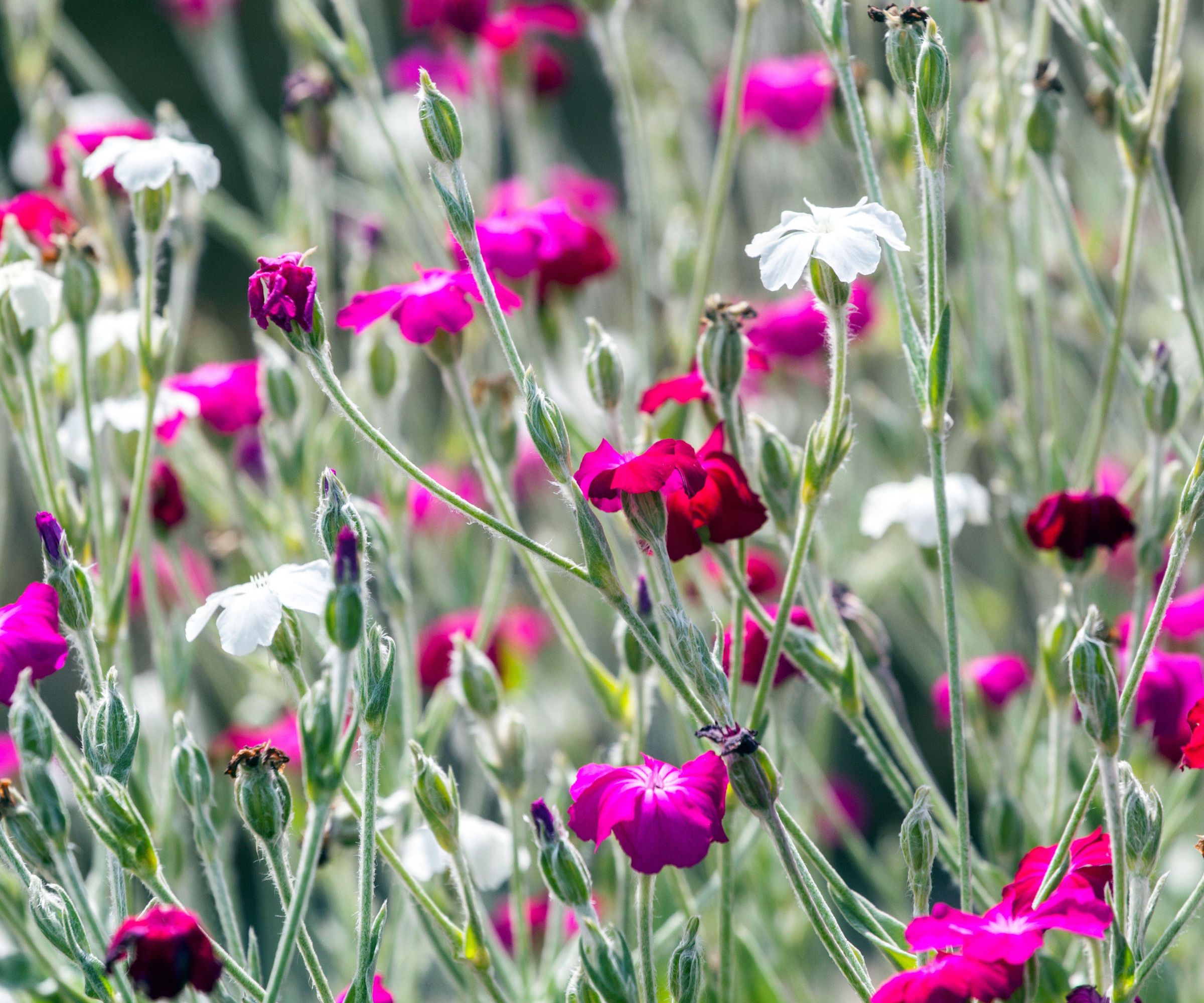
Rose campion flowers for many months through summer and fall
Rose campion, also commonly known as lychnis, is a popular summer flowering plant that impresses with silvery leaves and stems topped with bright flowers. It is a biennial plant, or short-lived perennial depending on your US hardiness zone, that will benefit from being sown in fall.
The seeds require a period of cold stratification. This can be achieved by sowing seeds on the surface of trays or pots filled with compost - they need light to germinate so do not want to be covered - and placing them in an unheated greenhouse or cold frame.
6. Columbine
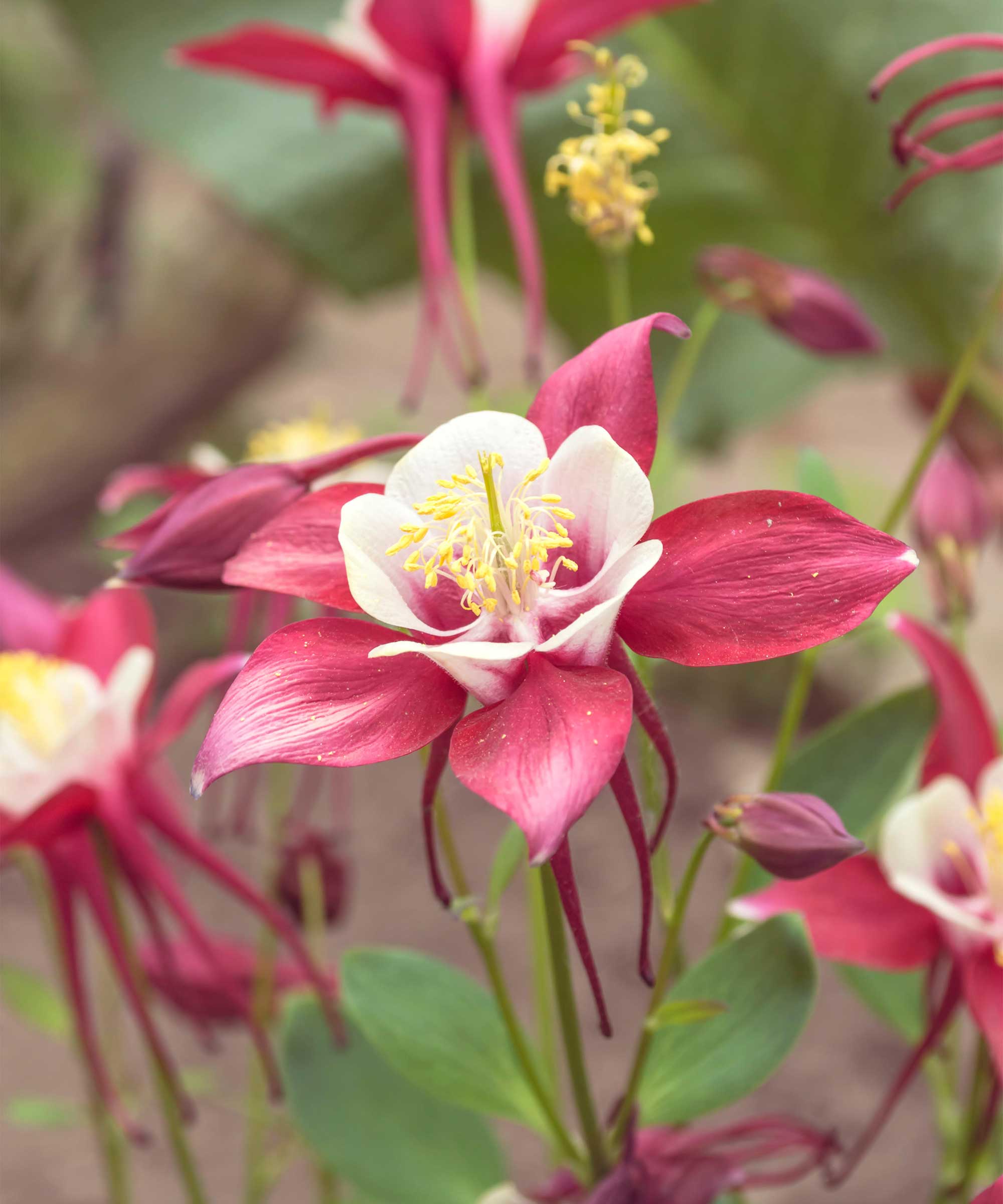
Columbine are biennials and will self-seed
The spring-flowering perennials commonly known as columbine or aquilegia are popular cottage garden plants with dainty bell-shaped flowers that come in a variety of colors and are loved by hummingbirds, bumblebees, and other pollinators.
Columbine seeds are best sown directly into the ground in the fall, though seeds can be sowed indoors as long as you give them a period of cold stratification in a refrigerator for 2-3 weeks. It can take two years for columbine plants grown from seed to start to flower.
See the range of columbine seeds to sow at True Leaf Market
7. Antirrhinums
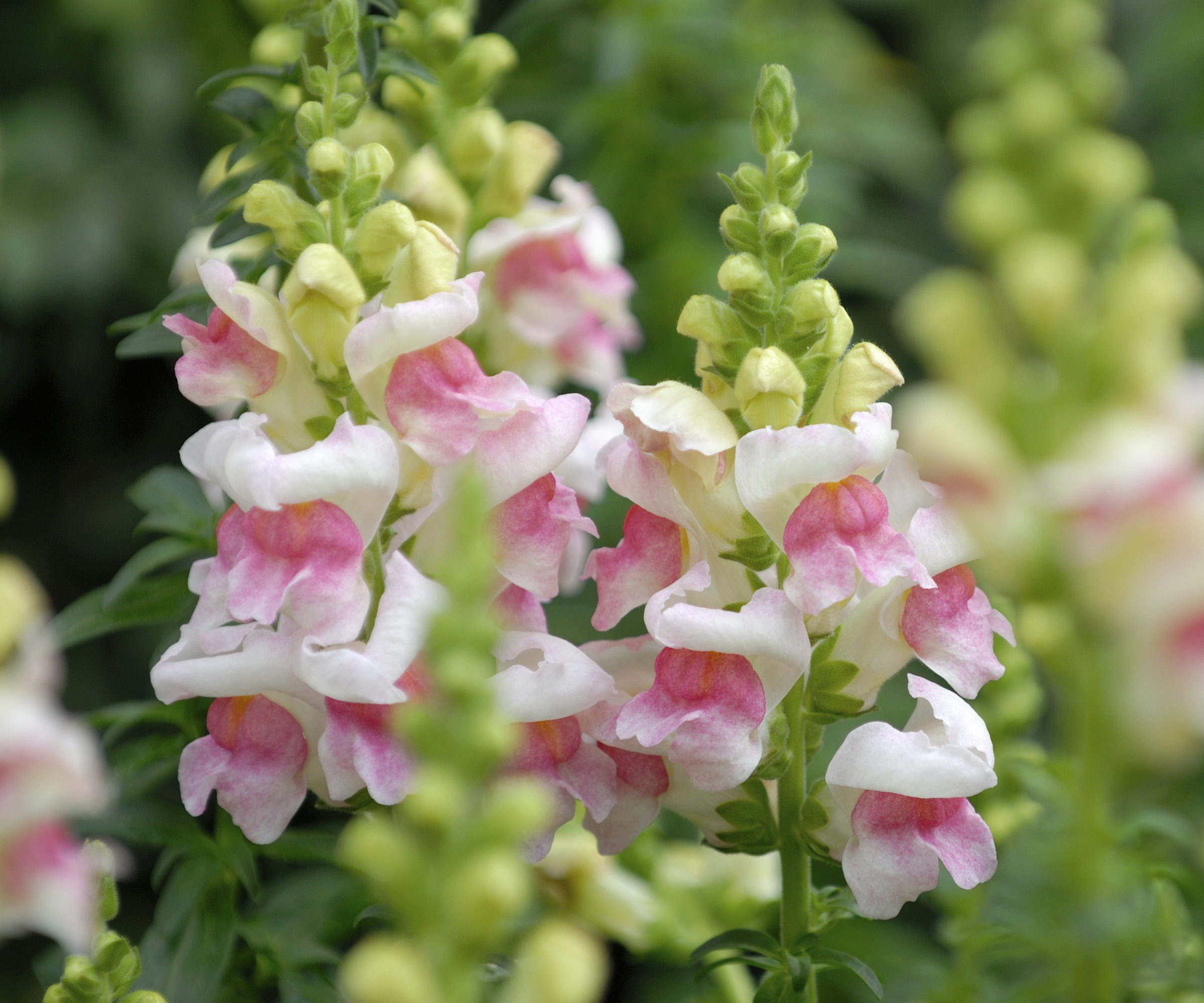
Antirrhinums have a long flower period
Antirrhinums, or snapdragons, are hardy annuals that make great cutting garden flowers and another cottage garden favorite available in many colors and heights. Antirrhinums can be sown indoors in October.
Sow the seeds on the surface of the compost and germinate them in a propagator, or cover them with a clear plastic bag. Plants can be potted up when large enough to handle and then overwintered in a protected location ready to plant out after the frosts in spring. A sowing in the fall will reward you with early flowers in May.
FAQs
What to plant in October for winter color?
There are great options for getting plants in the ground in October to provide a bit of color in a winter garden. This can include flowering shrubs like skimmia, pyracantha, or sarcococca to provide pops of color during the cold season. Also, planting the likes of pansies, hellebores, or even ornamental cabbages can also help to brighten up the garden at an otherwise quiet time of year.
There are a lot of options out there for fall sowings. Do some research and check out your local garden centers and nurseries, or visit online retailers, to see the wide range of flowers and vegetables to plant in October.

Drew has worked as a writer since 2008 and was also a professional gardener for many years. As a trained horticulturist, he worked in prestigious historic gardens, including Hanbury Hall and the world-famous Hidcote Manor Garden. He also spent time as a specialist kitchen gardener at Soho Farmhouse and Netherby Hall, where he grew vegetables, fruit, herbs, and cut flowers for restaurants. Drew has written for numerous print and online publications and is an allotment holder and garden blogger. He is shortlisted for the Digital Gardening Writer of the Year at the 2025 Garden Media Guild Awards.
